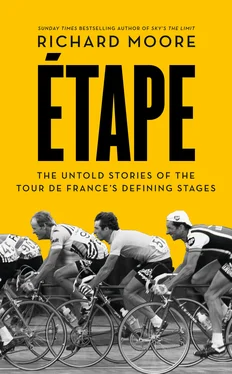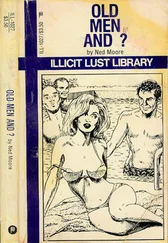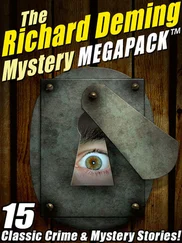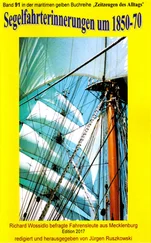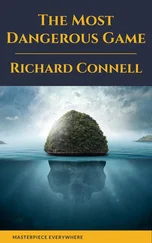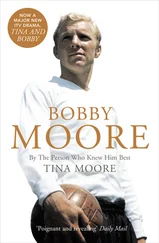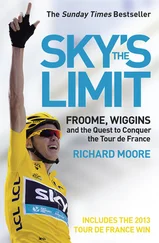1 ...8 9 10 12 13 14 ...18 The photographers, camped beyond the finishing line, scurry forward to the stricken figures of Nelissen and Jalabert. The right side of Nelissen’s face is swollen and bleeding; his eyes are open and staring and his chest heaves up and down. He looks in shock. Jalabert’s face is bloody and he is spitting more; he has shattered collarbones and cheekbones, and four of his teeth are somewhere on the road. Fabiano Fontanelli is the third rider seriously injured; he too is out of the Tour.
The helmet Sergeant had collected for his leader might have saved his life, but now it created a problem. ‘Nobody could understand the system for releasing Willie’s helmet,’ Sergeant says. ‘He was breathing heavily, his eyes going left, right – it was pretty scary. I was able to help. I released the helmet.’
Not only had Sergeant collected the helmet, he had also come to his leader’s rescue. A guardian angel, indeed.
* * *
Every time you watch it, you wince. It is even more sickening than Abdoujaparov’s crash in Paris, than Cipollini’s at the Vuelta, because of the collision with the stationary policeman, who is upended like a skittle. You watch it and think: how did he survive?
‘Immediately after, for ten, fifteen minutes, there was panic,’ Sergeant says of the aftermath. ‘Willie was conscious but couldn’t remember anything from the whole race, the whole day. We all went to see him later, but he couldn’t remember anything. It was a disaster for our team: we were really focused on Willie for stages and the yellow jersey. But in the evening I thought about the fact I had gone back to get him his helmet. I think that was really important.’
In hospital in Lille, Nelissen woke at one in the morning, still in the emergency department. ‘What am I doing here?’ he asked his wife, Anja. Then: ‘Did I win?’
There was a body in the bed next to him: Jalabert. Later he was shown the TV footage of the crash, and asked: ‘Is that me?’ He then asked the doctor how he was still alive. ‘Typical reflexes of a sprinter,’ the doctor said. ‘As soon as he feels something, he tenses all his muscles.’ Apart from his facial injuries, Nelissen suffered three displaced discs in his back. He was lucky.
The inquest began. ‘The policeman had his hand over his eyes, possibly taking a picture,’ said Jean-Marie Leblanc, the Tour de France director, the next day. ‘Nelissen was not looking, but he apparently did not make a mistake. It was the policeman’s behaviour which caused the crash.’
The policeman, twenty-six-year-old Christophe Gendron, suffered a double leg fracture. He was arguably even luckier than Nelissen. He was taken to the same hospital. He was not allowed to speak to the media, so he couldn’t deny reports that he had been taking a photograph on behalf of a little girl in the crowd. It was said that she had asked him, and he had taken her camera across the barrier.
A few months later, the recuperating Nelissen gave an interview to the Belgian journalist Noël Truyers. He was having some problems with his fingers. He had tried to assemble a wardrobe but couldn’t do it, and in the end smashed it with a hammer. ‘Everything about the crash I only know through what other people told me and from what I saw on the telly,’ Nelissen said. ‘The mechanic has thrown away my bike. The forks were broken, the frame was in two pieces. The rest is somewhere in my house: shoes that I cannot wear any more; shirt and shorts that seem to have come out of the shredder; my helmet broken into four pieces …
‘Damn, I regret this fall,’ Nelissen said, ‘because I’m sure I would have won the stage.’
It was almost overlooked, but Abdoujaparov, for once, was blameless: he sailed past the wreckage to win the stage. That was what seemed to irritate Nelissen most. ‘Everybody says that I couldn’t get past Abdou. Come on, guys, Abdou was dying, and I was just getting the 53x11 [gear] up to speed. It was the first time I used this particular gear. I had tested it a few times before, and now I wanted to score big time. You would have seen quite something …
‘They also say that if I hadn’t crashed into that policeman, I would have crashed into the barrier anyway. Everybody who says so doesn’t understand a sprinter. We have an instinct. I can feel obstacles, I can smell a barrier. We just don’t take policemen who take pictures into account.’
Even if Nelissen couldn’t remember what had happened, his body offered a daily reminder. He called them ‘souvenirs’: the scars on his knee, on his fingers and above his right eye. But that winter he was already thinking about his comeback. He attended races, where he was a star attraction. At a criterium in the Netherlands a young fan approached, open-mouthed. ‘Nelissen, is it really you?’ In France a policeman asked if he would pose with him for a photograph. ‘Too bad I don’t speak French,’ said Nelissen. ‘I would have asked him if he could make some speeding tickets go away.’ He posed for the photograph anyway.
Nelissen had no qualms about returning to the sport, he told Truyers. ‘There are always risks, but I’m not scared. I need risks, because of the thrill. They excite me, ignite the fire. I love to be challenged. I once bought a horse, just because it threw everybody out of the saddle. I’m a daredevil, but I’m not reckless.
‘I’ll never let go of the handlebars during a sprint. I never let somebody box me in. If someone pushes me, I’ll return the favour.’ And yet he admitted that one aspect of Armentières would influence him. ‘From now on, I will look out carefully to see if there’s danger on the horizon, like the Indians do, but then I will immediately look down.
‘I only fear one thing actually,’ Nelissen continued. ‘When I see the images of Armentières, I realise that I had a lot of luck. I fear that my chances to come away like that again in a similar incident are very small.’
* * *
It was as though Armentières had never happened. The following season, Nelissen won two stages at Paris–Nice, one at the Four Days of Dunkirk, one at Midi Libre. He replaced his shredded Belgian champion’s jersey: he won the national title again. The next year, he carried on: a stage at Paris–Nice, three at Étoile de Bessèges.
Then came Ghent–Wevelgem in March 1996 and the realisation of his one fear. It wasn’t a sprint; mid-race, Nelissen collided at high speed with a concrete bollard by the side of the road. He was aware of everything this time: lying on the road screaming in agony, his right kneecap crushed, cruciate ligaments ripped apart, femur and tibia broken, pelvis cracked. He lost two litres of blood and underwent emergency surgery at Ghent University Hospital.
‘As far as I’m concerned, he should never get back on a bike again,’ said Anja. ‘If he told me that he was going to stop cycling, I’d be happy. I admit there are crashes in this sport, but why is he so often among the victims? And why is it so serious each time?’
Nelissen returned again with a lower division team. But the after-effects of the crash were profound. The knee gave him constant pain; he could barely ride 40km. He had three more rounds of surgery, then admitted defeat. Nelissen retired in 1998, aged twenty-eight.
* * *
These days, Nelissen lives in Kerniel, in east Belgium. He and Anja split up but he has a new partner, Viviane. And he runs a courier company, Nama Transport.
The difficulty in contacting Nelissen owes nothing to his reluctance to speak. He is no recluse. He is simply – unusually for a Belgian ex-professional – no longer involved in the sport of cycling. He was for a while; he ran a youth team for six years. But no other door opened, partly, he thinks, because he only really worked with two team directors, Peter Post, who retired, and Jean-Luc Vandenbroucke, with whom, he says, ‘I was constantly fighting.’ He still follows the sport ‘very closely, but if you look around my living room, you won’t find any cycling memorabilia, apart from the trophy for my second victory in de Omloop [Het Volk]. Even my Belgian jerseys I gave away.’
Читать дальше
